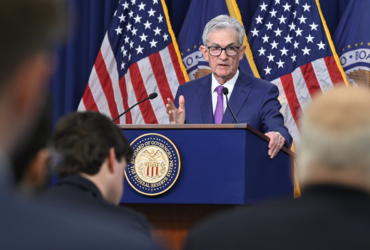Consumer prices jumped more than economists were expecting to close out 2023, according to the latest data from the Bureau of Labor Statistics.
- M-O-M: The Consumer Price Index for All Urban Consumers increased 0.3% in December, up from the 0.1% increase in November and the highest increase September.
- Y-O-Y: Consumer prices are now up 3.4% when compared to the same time last year, up from 3.1% in November and the highest level since September.
Coming In Hot. Economists were expecting a smaller monthly increase (0.2%) and a smaller yearly increase (3.2%).
Food. The food index rose 0.2% in December which slowed the year-over-year index down to 2.7%, down from 2.9% in November and the lowest level since June 2021.
- Grocery price hikes continued to slow in December falling to 1.3% year-over-year while food away from home remains elevated at 5.2%.
Energy. The energy index rose 0.4% in December, up from November’s 2.4% decrease, which pushed the year-over-year index up to -2.0%.
- Gasoline prices rose 0.2% in December, up from November’s 6.0% decline, which pushed the year-over-year index up to -1.9%.
The Core. The index for all items less food and energy rose 0.3% in December, as it did in November. This dropped the year-over-year index to 3.9%, down from 4.0% in November but higher than the 3.8% that economists were expecting.
Blame Housing. The shelter index increased 0.5% in December, up from November’s 0.4% increase. While the month-over-month was slightly hot the year-over-year index did drop to 6.2%, down from 6.5% in November and the lowest level since August 2022.
- However, despite the annual rate falling, the shelter cost index was the largest factor in the monthly increase in the index for all items less food and energy
BOTTOM LINE: While inflation has fallen significantly from the peak (9.1%), we clearly have a long way to go to get back to the Fed target rate of 2.0%.





